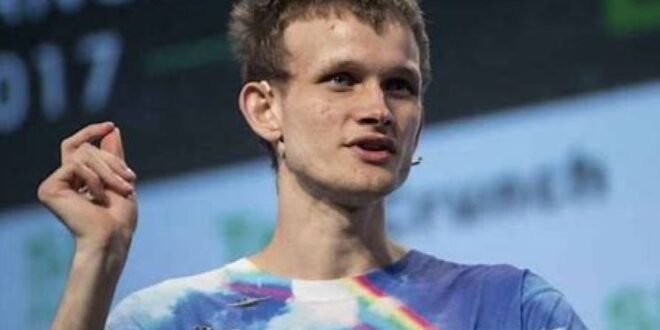Ethereum co-founder Vitalik Buterin recently held a Q&A session on Tako, engaging with the community on Ethereum’s long-term development, scalability, and decentralization. The discussion covered key upgrades, governance challenges, and the future of Ethereum in a rapidly evolving blockchain landscape.
Ethereum’s Long-Term Vision
Buterin emphasized that Ethereum’s future hinges on three core pillars:
Scalability – With proto-danksharding (EIP-4844) and full danksharding on the roadmap, Ethereum aims to significantly lower gas fees and increase transaction throughput.
Security & Decentralization – Buterin stressed the importance of maintaining Ethereum’s decentralization, ensuring that nodes remain accessible and that staking isn’t dominated by a few large entities.
Sustainability – The shift to proof-of-stake (PoS) was just the beginning; ongoing updates will further reduce energy consumption and improve efficiency.
Challenges in Decentralization
One of the hot topics was Ethereum’s centralization risks, particularly in staking. Buterin acknowledged that liquid staking services like Lido and Rocket Pool are becoming dominant, raising concerns about governance power consolidation.
To address this, Buterin suggested:
🔹 Encouraging solo staking with better incentives
🔹 Implementing staking caps for large pools
🔹 Developing more decentralized staking protocols
Ethereum’s scaling strategy heavily relies on Layer 2 solutions like Optimism, Arbitrum, and zkSync. Buterin reaffirmed that Ethereum’s roadmap is focused on making Layer 2s more efficient, ensuring faster finality and seamless interaction between rollups and the base layer.
Vitalik’s Q&A session reaffirmed Ethereum’s commitment to scalability, decentralization, and innovation. As the network continues to evolve, key upgrades like EIP-4844, improved staking mechanisms, and rollup enhancements will shape the future of Ethereum.
 Business Sandesh Indian Newspaper | Articles | Opinion Pieces | Research Studies | Findings & News | Sandesh News
Business Sandesh Indian Newspaper | Articles | Opinion Pieces | Research Studies | Findings & News | Sandesh News



